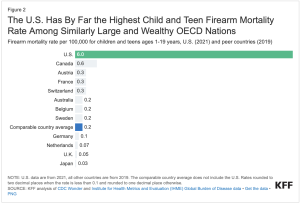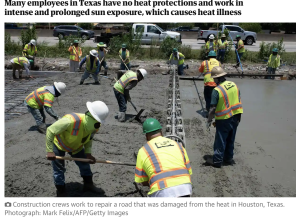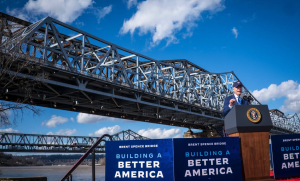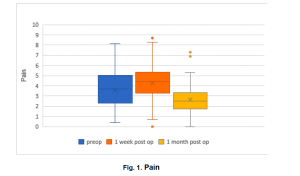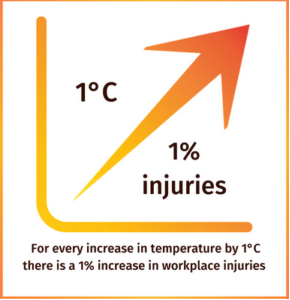Our fourth (!!) Survey of Workers’ Comp Bill Review is nearing completion…one of the good things about doing this every few years is we can identify trends and the industry’s evolution.
This year we surveyed both executives and front-line staff. Shockingly, they didn’t always agree…
a few initial takeaways…(ratings are 1 – 5, with 5 being the best)
- The Bill Review industry generally held its level of support from 2018. Overall average (all vendors grades from all respondents) was 3.2, just above, equal to 2018.
- Despite respondents’ overall view not changing, there’s less differentiation among the major players; scores have compressed.
- New entrants are making inroads
- Customer service remains absolutely critical to a successful bill review relationship: considered the top reason a company would change bill review vendors and consistently ranked near the top for “most important bill review attribute”.
- this is consistent across the dozens of surveys of all types HSA has done over the last 2+ decades…
- There is a noticeable difference between executives and front line employees when evaluating customer service – front line average score 3.6 vs. 4.2 for executives.
- Front line employees have different criteria for quality customer service than executives’…: front liners do not seem to care much about soft skill aspects of customer service but rather customization and timely updates while executives have a more traditional sense of customer service.
- Automation is on most people’s minds – but it isn’t all positive. While nearly all talking about it want more automation (for TAT/auto-adjudication/quality reasons) some still need it to handle the basics better than it currently does.
- E-billing, for largely the same reasons as automation, is getting more popular – especially among larger respondents and internally run bill review respondents.
- Bill review vendors are seen as quite transparent – especially compared to 2018. 90% of respondents believed their bill review vendor to be transparent vs. just 52% in 2018. This is despite several complaints about how convoluted % of savings can be.
- Flat rate pricing is rising in popularity while % of savings is not viewed favorably in most cases.
Cautionary note – these highlights are just that – highlights – and there’s often a lot of nuance underlying respondents’ views and perspectives. That will be described in the final report …a public version of the report will be available in a few weeks. (Respondents get a much more detailed version).
What does this mean for you?
Customer service.



